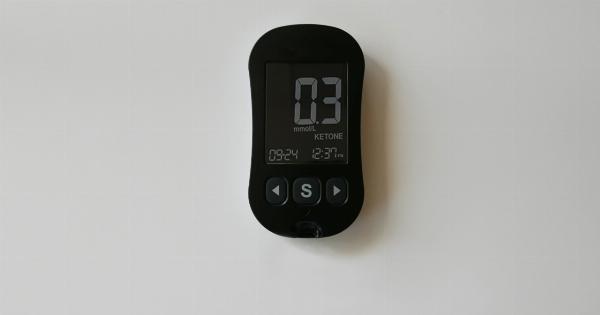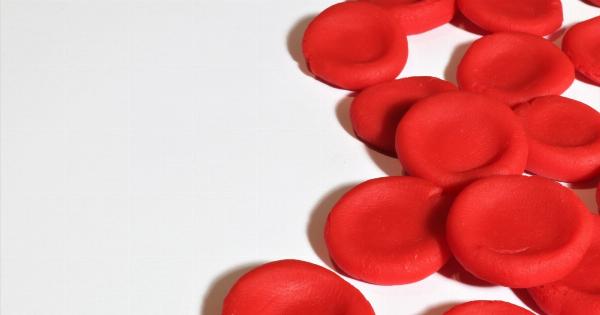Dialysis is a life-saving treatment for people with kidney failure, but it can be a time-consuming and often uncomfortable process. For some patients, the process of dialysis can take hours, which can be both physically and emotionally challenging.
However, a recent study published in the Journal of the American Society of Nephrology has shown that a groundbreaking technique could help ease the process of dialysis and make it more efficient and comfortable for patients.
The current dialysis process
Currently, dialysis involves filtering the blood to remove waste and excess fluids that the kidneys would usually eliminate.
This process is vital for patients with kidney failure as it can help prevent dangerous levels of toxins from building up in the blood. The process of dialysis involves connecting patients to a machine that filters the blood, usually via an indwelling catheter or through an arteriovenous (AV) fistula or graft.
This process can take several hours and can cause discomfort during and after the treatment.
During dialysis, patients can experience side effects, such as headaches, nausea, and cramps, making the process even more challenging.
Additionally, patients need to undergo treatment several times a week, which can impact their quality of life, especially if they have other health issues.
The groundbreaking technique
Scientists from the Rockefeller University in New York have developed a groundbreaking technique that could help ease the process of dialysis for patients.
The technique involves modifying the structure of the patient’s red blood cells to reduce the time it takes for the blood to filter through the dialysis machine. The process could potentially cut down the time it takes for patients to undergo dialysis by over half, making the process less time-consuming and more comfortable overall.
How the technique works
The technique involves double-loading the red blood cells with oxygen. This process involves exposing the red blood cells to high levels of oxygen in a process known as hyperbaric oxygenation.
The red blood cells are then infused with nitric oxide, which creates a lattice structure within the cells, reducing their size and making them more flexible. This modification enables the blood cells to pass through the dialysis filters more quickly, cutting the time it takes for the process to be completed.
Benefits of the technique
The groundbreaking technique could have many benefits for dialysis patients, making the process more comfortable and efficient. Here are some of the potential benefits:.
- Reduced treatment time – The technique could cut down the time it takes to undergo dialysis by over half, reducing the overall time patients need to spend on treatment.
- Improved comfort – With the reduced treatment time, patients can experience less discomfort caused by the dialysis process.
- Better quality of life – The reduced time and improved comfort could help patients feel better and enjoy a better quality of life, especially if they have other health issues.
- Less risk of complications – The shorter treatment time could reduce the risk of complications associated with long dialysis sessions, such as infection and clotting.
Future developments
The groundbreaking technique is still in the experimental stage and has not yet been widely used outside of clinical trials. However, researchers are optimistic about the potential for this technique to improve the lives of dialysis patients.
They hope that further research and development can help make this technique more widely available in the near future.
Conclusion
The groundbreaking technique to ease dialysis could revolutionize the way patients undergo dialysis. With reduced treatment times and improved comfort during and after the treatment, patients could enjoy a better quality of life.
Although the technique is still in the experimental phase, researchers are optimistic about the potential of this technique to help patients with kidney failure. This development is exciting news for the millions of people worldwide who rely on dialysis treatment to stay alive.





























